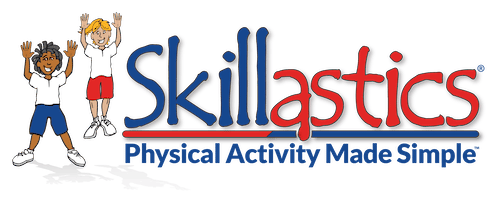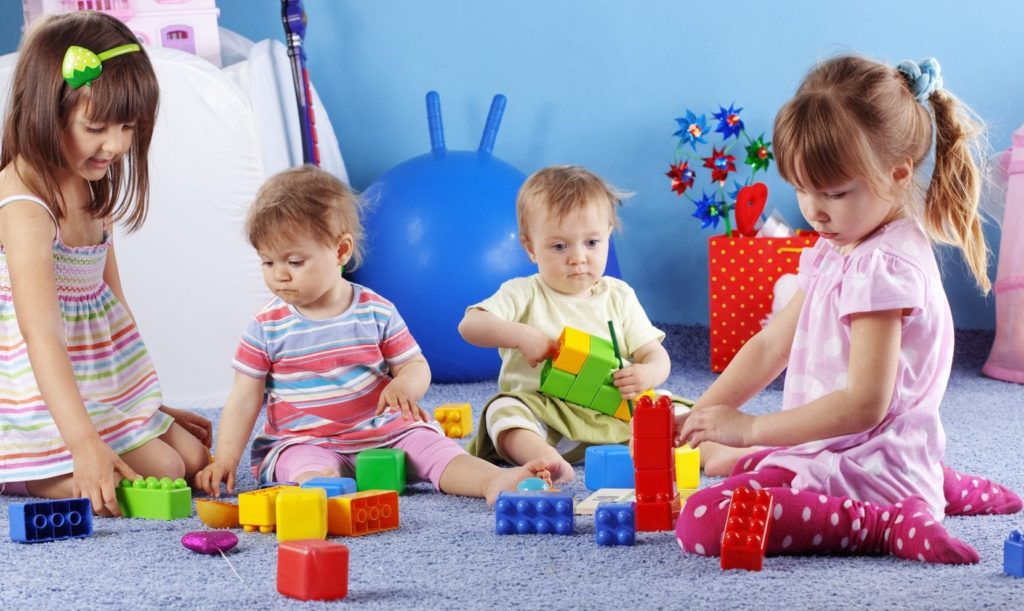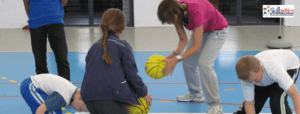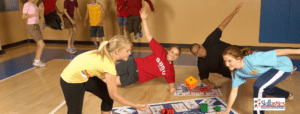The job of children is to play, and it’s a significant job for a reason. While it may seem frivolous to make-believe and drive a toy truck, pretending and playing serve a much bigger purpose for children, learning. As children develop, their mode of play may shift and change as they grow, but the best way for kids to learn will always be through play.
Learning Through Play
The way young children process information and make meaning operates very differently from adults. This means that while the linear thinking of an adult allows logical decisions to occur, children decide about the world around them on a much more subtle and diffused level. Through play, children will work out ideas or new concepts, almost like how an adult will noodle on an idea and brainstorm.
As children get older, their play develops more than just their cognitive abilities but also their motor skills. Older children’s playtime spends much effort to develop their large and fine motor skills by strengthening the muscles that allow these movements.
Importance of Being Active
Mobility such as balance and gait and skills like writing and dressing relies on smooth and controlled movements. The more children play, the more they gain strength in the areas of their bodies responsible for more sophisticated movements. Finger painting, Lego building, and clay model making all work together to prepare a child’s hand for writing, while jumping, climbing, and running build larger muscles in preparation for supporting the body as it grows.
More so, strong core support is vital for children. The overall support system of the body comes from core muscle strength in the torso and back, and this core support is most important when it comes to learning because children will need these muscles to sit correctly over a desk at school. When a child slumps or lacks core strength, learning issues could result as they cannot stay upright and perform tasks simultaneously.
If a child has to work harder to sit in place, hold a pencil, or keep pace with peers, school becomes exhausting. This exhaustion from a lack of strength can lead to learning gaps or delays as children with weaker motor skills struggle to control their bodies. School is more laborious, and learning becomes difficult.
The Missing Link
The importance of activity to child development is deeply tied to school performance. The more active children are in life, the better prepared they are to learn in school. Classrooms require long hours of sitting, thinking, and activities and children will need a combination of body strength to maintain their stamina.
The more children move and participate in a variety of activities, the more they can develop the appropriate strength required for learning. Programs and classes that allow children to move their bodies in new ways reach muscles that may not get regular use from a child’s typical day. These and other types of activities get children active, stronger, and ultimately perform better in school.
Activity Leads to Learning
Activities that get children moving also help identify when there are issues with motor skills or muscle tone. Children who may have subtle developmental differences could begin to show difficulty with large muscle movements like relay races, obstacle courses, or organized games. Children’s responses to activities can help spot physical problems that could eventually affect a child’s ability to learn.
The goal isn’t to expect all kids in the activity to excel and to flag when they are not in peak form, but to pay attention when the ability is low and look for changes over time. Some standard benchmarks can measure a child’s physical development and help predict any problems. These benchmarks, like the ability to run a certain amount or complete several sit-ups, help determine if children’s physical development is progressing. There should be improvements, and if not, then it’s possible to get timely interventions before any problems develop that could affect learning.
It’s not realistic to think all children should be top athletes, but it’s practical to get kids involved in activities that move them. The benefits of developing large and small muscle skills through playing sports or participating in other movement activities are great for academic success. While we don’t want to pressure kids to make the grade, we want to give them every opportunity to do their best.
About the Author
Sandy Slade is the CEO & Founder of Skillastics®, the #1 on-site and virtual physical activity resource for groups of children of all sizes. The on-site programs are designed around Skillatsics Activity Kits. These Activity kits include an innovative technique of play, executed on an oversize mat, where up to 100 children can play at one time.
The virtual programs provide students with an amazing variety of physical activity experiences that consist of 30 days of content lasting 30-40 minutes a day taught by national experts.
Skillastics® is enjoyed by over 10 million students in more than 25,000 Physical Education and After School settings nationwide.
For more information, email info@skillastics.com or check out www.skillastics.com.




